Petroleum local content policy wraps up

By Kaipaherue Kandjii
The Presidency, through its Upstream Petroleum Unit, has successfully concluded nationwide public consultations on the draft National Upstream Petroleum Local Content Policy, engaging communities across the country to shape Namibia’s petroleum future. The initiative aimed to ensure broad participation and inclusivity in the formulation of a policy that will guide the management, development, and distribution of benefits from the domestic oil and gas sector.
The consultations, held from 1–17 September 2025, began in the //Karas Region and covered Kunene, Omusati, Oshana, Oshikoto, Ohangwena, Otjozondjupa, Erongo, Kavango East, Kavango West, Zambezi and Omaheke Regions. They brought together governors, mayors, councillors, traditional leaders, entrepreneurs, elders, and youth, reflecting the government’s commitment to participatory governance and transparent decision-making.
Namibia's oil and gas sector has recently become significant with discoveries of substantial reserves and potential for transformation from a downstream importer to an upstream exploration hub. While currently reliant on imports for its N$20 billion domestic market, the discovery of potentially 11 billion barrels of oil and 2.2 trillion cubic feet of natural gas reserves positions Namibia to become a major player in the global market and a potential engine for economic growth, according to the Namibia Oil and Gas Conference.
This has prompted talks on how this sector will benefit the layman, and Namibia alike, in job creation, taxes to build schools, roads and clinics and create wealth for the citizenry – amongst others. In the //Karas Region, consultations in Lüderitz highlighted the need for inclusivity and shared prosperity.
David Gertze, the governor, stressed the importance of ensuring that the petroleum sector benefits all Namibians.
In Keetmanshoop, the Regional Council chairperson Joseph Isaacs urged both government and industry stakeholders to prioritize those historically disadvantaged, particularly women, youth, rural communities, and marginalized groups. Isaacs emphasized that true transformation would only be realized if the sector became a vehicle for equitable empowerment across all societal layers.
In Hardap governor Brian McNab described petroleum resources as a pivotal moment in Namibia’s history, urging carefully planned strategies to distribute benefits equitably nationwide.
Meanwhile, Kunene governor Vipuakuje Muharukua also echoed these sentiments, framing Namibia’s oil discoveries as both an opportunity and a responsibility to deliver tangible benefits for citizens. Kavango East governor Hamunyera Hambyuka underscored the importance of effective communication and dialogue between government and communities to address local needs.
Gobabis’s mayor, Melba Tjozongoro, stressed the urgency of skills development to prepare citizens for opportunities in the petroleum sector. Otjozondjupa’s governor John Khamuseb proposed convening a National Conference on Mineral Resources to strengthen national ownership and strategic direction in the sector. Meanwhile, Kavango West governor Verna Sinimbo focused on youth empowerment, stressing access to scholarships and other development opportunities, highlighting the role of public engagement in shaping a sector that works for the next generation.
Omusati governor Immanuel Shikongo reaffirmed the importance of Namibian ownership in the petroleum sector.
A councillor in the Erongo region Olivia Andrews, representing the governor Natalia /Goagoses, called for robust accountability and compliance mechanisms to ensure industry promises translate into tangible benefits. In Oshana, governor Hofni Ipinge praised the inclusivity of the consultations, emphasizing equitable benefit sharing among youth, entrepreneurs, and elders nationwide.
In the Zambezi Region, leaders stressed the need for urgent action on youth unemployment, advocating early and transparent access to training opportunities.
Furthermore, Ohangwena’s governor Kadiva Hamutumwa highlighted resource equity and the importance of skills development, oil extraction training, and foreign investment to stimulate economic growth. In Oshikoto governor Sacky Kathindi encouraged young Namibians to acquire knowledge, skills, and networks for careers in petroleum, while urging businesses to explore diversification and strategic partnerships.
The consultations revealed strong community support for the draft policy, which was seen as a transformative framework capable of making Namibia’s petroleum sector a driver of long-term prosperity. The key themes included equitable distribution of benefits through taxes, royalties, training, and employment, capacity building for youth and small and medium enterprises (SMEs), transparency and accountability supported by strong compliance measures, inclusivity in ensuring no Namibian is left behind and environmental sustainability, aligned with Namibia’s renewable energy and climate commitments.
The head of the Upstream Petroleum Unit, Cornelia Shilunga, emphasized the government’s dedication to exploiting all gains in the sector. "The government remains unwavering in its commitment to ensure that Namibia’s petroleum endowment translates into inclusive growth. This policy will serve as a cornerstone for national development, guaranteeing that our natural resources become a blessing for present and future generations,” she indicated.
The petroleum commissioner in the Ministry of Industries, Mines and Energy Maggy Shino also reaffirmed that oil and gas sectors must benefit all citizens. "The wealth generated from Namibia’s oil sector must benefit all Namibians, with visible impacts in local communities that directly improve households," Shino stressed. The community contributions will directly inform the finalization of the National Upstream Petroleum Local Content Policy, ensuring petroleum resources deliver broad-based benefits and lasting prosperity.
- 51 views



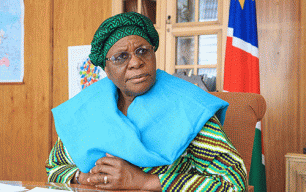
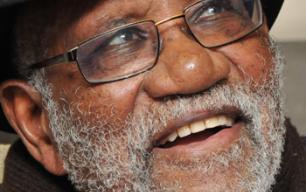
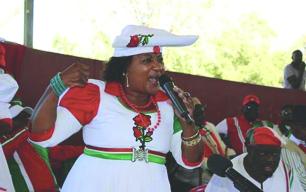
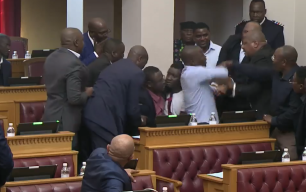

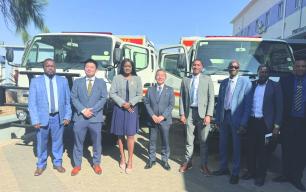
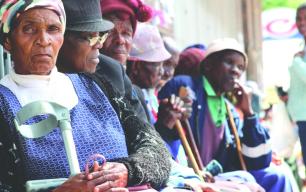
Comments